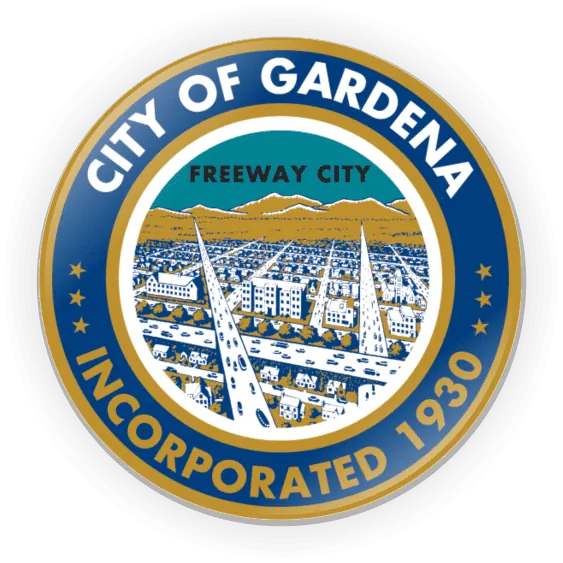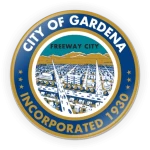Mission Statement
To identify and assess potentially contaminated properties within the City of Gardena with the greatest potential for revitalization and redevelopment.
What is a Brownfield?
The EPA defines a Brownfield as real property, the expansion, redevelopment or reuse of which may be complicated by the presence or potential presence of a hazardous substance, pollutant, or contaminant. Cleaning and reinvesting in these properties protects the environment, reduces blight, and takes development pressures off green spaces and working lands.
What is the Brownfields Program?
The Brownfields Program in the City of Gardena seeks to identify those sites having the greatest redevelopment potential. In order for a community to remedy a Brownfield site, it must learn as much as possible about the site. This is done by conducting an Environmental Site Assessment (ESA). The ESA involves two phases:
Phase I involves site inspection and title search. The assessment consists of a full sketch of the site for potential contamination in the soil and groundwater and identification of responsible parties. Following the Phase I results, sites having the greatest redevelopment potential are selected for Phase II assessments.
Phase II involves identification of contaminants at the site, if any, and the extend of the contamination. Once contaminants are identified, the cost for cleanup and a strategy for sustainable reuse and development, are pursued. A land re-use vision plan is developed. The goals of redevelopment are to create jobs, provide services to the community and increase the overall economic development of the City.
Partnership between the City of Gardena and EPA
The City of Gardena is a partner with the EPA in its commitment to a clean environment and elevated quality of life for its residents. Prior to 2009, the EPA awarded the City of Gardena a total of $750,000 in Brownfield Environmental Assessment funds to be used for Environmental Site Assessments (ESAs). The City Manager’s Office oversees the Brownfields Project.
With EPA’s assistance and through the EPA grants received, Gardena was able to:
- Discover approximately seventy two (72) potential Brownfield sites;
- Conduct twenty five (25) Phase I ESAs;
- Create approximately 300 construction and clean jobs;
- Leverage $14 million in clean-up funds in partnership with private investments.
In October, 2009, the EPA awarded the City of Gardena a community-wide grant of $400,000 for petroleum and hazardous site environmental assessment.
Why does Gardena have so many Brownfields?
The City of Gardena evolved into an industrial community in the early 1950s and 1960s primarily because of its geographic vicinity to the ports (Port of Long Beach and Port of San Pedro) and access to the transportation system. Gardena was a prime location for light manufacturing. Its geographic location also lured transportation systems, aerospace companies, and light manufacturing companies to locate within the City. The manufacturing processes used by many of these companies to produce their outputs, frequently involved the use of hazardous substances. The storage and the improper disposal of waste and other factors such as gas stations, automotive services, neighborhood cleaners, leakage of underground storage tanks (UST’s), illegal dumpling, and products used at home and in the workplace that contain hazardous materials, planted the seeds for the numerous Brownfield sites.
Brownfield Community Relations Committee (BCRC)
Community outreach is a major component of Brownfield redevelopment. As part of its commitment to community outreach and involvement in the Brownfield Program, the City of Gardena, in partnership with several members of the community, formed the Brownfield Community Relations Committee (BCRC). The BCRC is comprised of residential and business community members dedicated to addressing the environmental issues in the City. Its mission is to strengthen the connection between City officials and the community, to provide valuable feedback on policy prior to implementation, encourage education on Brownfield prevention and elimination, and to play a central role in the implementation of environmental land use policies in accordance with the goals structured by the City Council. The Committee meets on a quarterly basis.
EPA Success Stories
The City of Gardena was also featured on the EPA website as having a successful Brownfields program.

